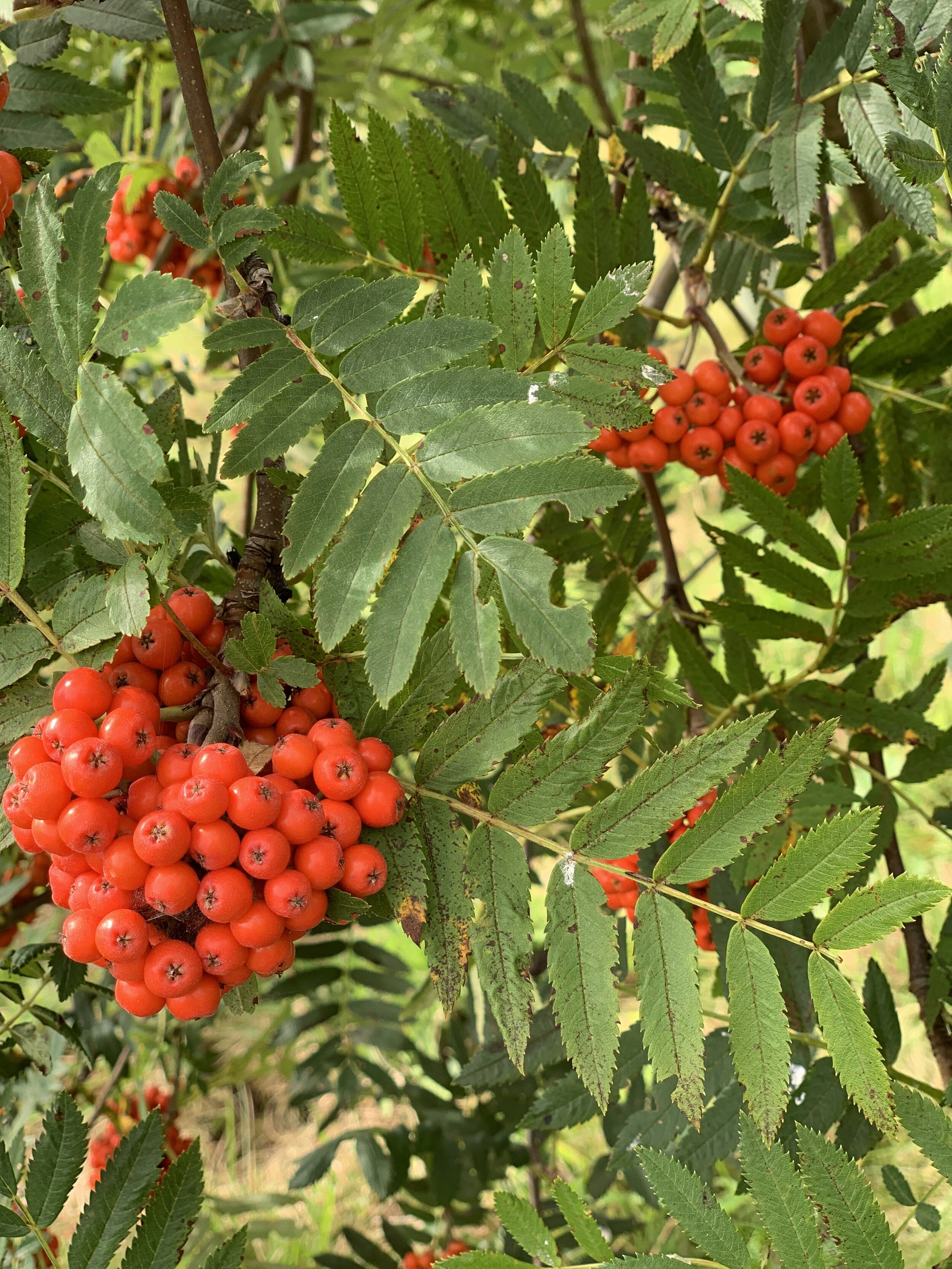Fairies: The Still Folk of Scotland
Fairy Hill
Image | Liz Lister
In Scottish folklore, the Lady of Lawers was a soothsayer from the 17th century, who is said to have been respected and feared in equal measure for her gift of prophecy. One of her predictions was that “the feather of the goose would drive the memory from man”. Many have interpreted this as the loss of the strong oral tradition by which the stories, songs, myths and legends were once passed down from one generation to the next. As predicted, first the quill and then the printing press captured them on paper and erased them from the collective memory.
Nowhere was this oral tradition stronger than in the Gaidhealtachd—the Scots Gaelic-speaking culture of the Highlands and Islands (corresponding to the Irish Gaeltacht with their shared Celtic origins). From the stories and legends evolved a unique set of superstitions that existed to give protection to people and the things they held dear. We might scoff at them today, but imagine a time, not so long ago, when life was so hard and tenuous that your very survival might depend on a good harvest or an easy childbirth. It’s easier to understand how these beliefs could become so deep-rooted and firmly held.
In this oral Gaelic culture there is a recurring theme of the fairies or little people—in Gaelic they were known as the “still folk” or “silently moving people,” spelt SITH and pronounced SHEE. You can just imagine how the word SHEE would have been spoken, a low whisper with a look over your shoulder, because these fairy folk bore no resemblance to Tinkerbell!
It was believed that they lived underground, in hills or mounds or under rocks and earth. They were invisible and lived parallel lives to humans, with their own families, homes and occupations. Fairies were said to be particularly adept at music and dancing; many have claimed to have heard the sound of the bagpipes or fairy pipes coming up from deep underground. It’s not unusual to come across a fairy hill while out walking today, often with boulders or other gifts left for the occupants.
Fairy Mound
Image | Liz Lister
Other than hearing them, you only knew there were fairies around when you were the victim of one of their tricks or mischiefs, usually at night, or on a Friday, which was known as their travelling day. They came from the west and could turn your cream sour, strike your horse lame, or sicken your best cow. But that was nothing compared to the act for which they were most feared: stealing a mother or child immediately after childbirth.
It was said that fairy women were unable to suckle their own children and so they required a human wet-nurse. The child they stole was believed to be replaced by a changeling who would be forever crying and complaining and could be recognised by their huge appetite, insatiable thirst, and love of music and dance. Anyone out there think they have a changeling?
The child would be at risk until it was given the sanctity of Baptism, which should be conducted as soon as possible after the birth. Until then, there were a number of behaviours which it was believed could help. The Rowan tree produces bright red berries which were believed to provide protection against enchantment—so a sprig of the rowan tree was woven into the baby’s cradle.
Rowan Berries
Image | Liz Lister
Metal, particularly iron, was also thought to be an effective deterrent and so a row of nails might be hammered into the bedpost or a thimble or fish hook carried in your pocket. Saining was the act of burning pine cones, or sprinkling water touched by metal such as a wedding band, over the mother and child. Doors and windows were liberally sprinkled with maistir—stale urine—which, not surprisingly, was believed to keep the still folk away.
The person responsible for all these rituals was the Howdie or midwife. If things didn’t look to be going too well with the birth the ultimate resort was to take down the family bible, open the pages and blow breath across the holy word onto the struggling mum-to-be. I hope she washed her hands after sprinkling the maistir!



